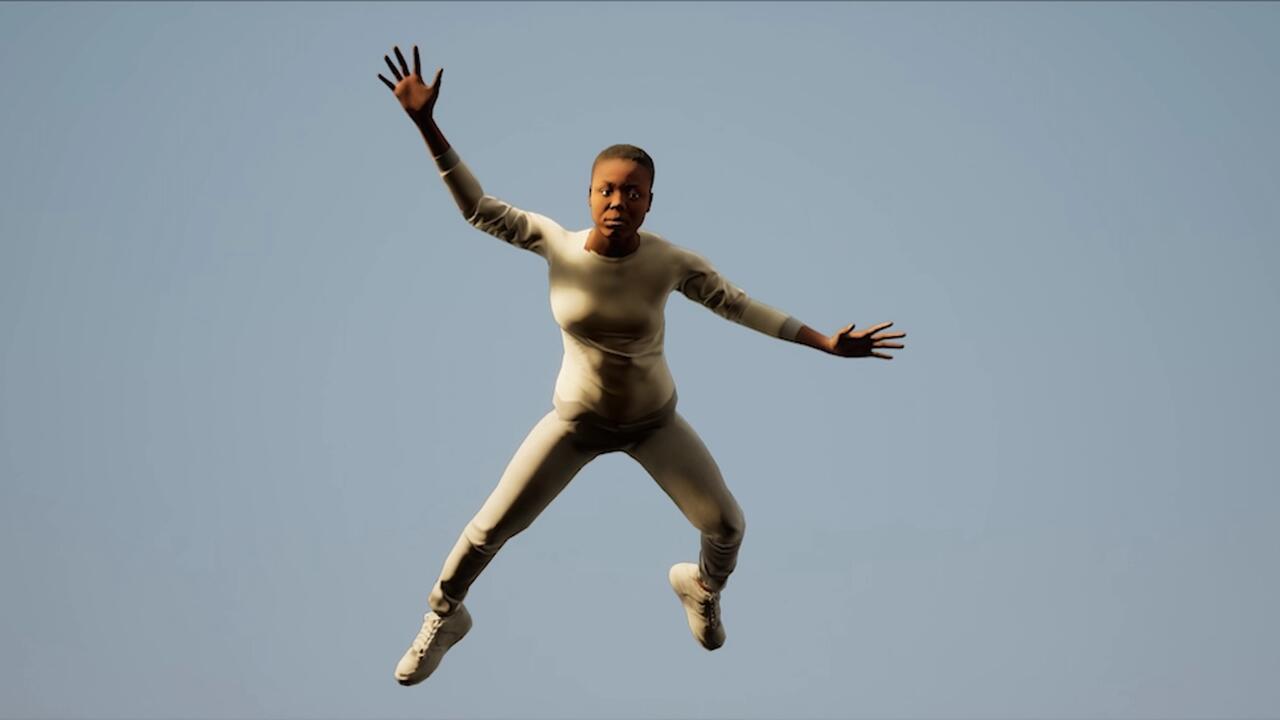Andreas Walther and Andreas Wegner
Early one morning in May 1993, two boiler-suited figures appeared on Berlin's melancholy socialist boulevard, Leipziger Strasse. They unpacked their house-paint and brushes and set to work renovating an abandoned bus-stop right in front of the Post Museum. People scurrying by, most of them employees at the nearby Treuhand (an organisation devoted to bringing the GDR's institutions into the private economy) thought the renovation was an official measure, but the two painters were acting off their own bat. After the renovation, the roofed and panelled structure was unchanged apart from two minor details: an ominous 'H' for Haltestelle (bus stop) was painted on the wall four times, and a deceptively life-like plaster briefcase was placed on the bench. Days later, when the whole area had been fencedoff as a building site, the briefcase was still waiting for its owner to come and reclaim it.
Two years later, the bus stop has been entirely covered with advertising posters, and the same painters - Andreas Walther and Andreas Wegner - are going public again. On the wall of the Post Museum is a transparent sign, 7.5 by 15 metres, reading 'Bus Stop for Bonn'; 1,000 action posters have been pasted up round about Leipziger Strasse; and 40,000 copies of the Berlin guide magazine Zitty contained a pamphlet (both invitation card and catalogue) linking the comparatively invisible action of two years ago with the explosive Berlin architecture debate.
The 'Bus Stop for Bonn', say the artists (who come from the West) is 'a model of democracy that fails to do justice to the idea of minority protection'. When waiting for the bus, bosses and workers have equal rights as passengers. For a few minutes, the bus stop interrupts mobility: it brings strangers together and creates oases of peace in the busy traffic. It fulfils a function, and you shouldn't imagine for a moment that it's one of political propaganda and agitation. After the 'reunification' it wasn't only the socialist heroes that were knocked from their pedestals: telephone kiosks, bus stops and other public facilities in the East were also demolished, to be replaced with new ones from the West. It would be an exaggeration to interpret public toilets as revolutionary cells, but their systematic destruction in East Berlin reveals a desire among urban planners to erase all traces of everyday culture in the GDR. It is here that the main point of the 'Bus Stop for Bonn' comes into play: whether it's a matter of the Palast der Republik, the Stadtschloß, the renaming of streets, or changes in traffic lights or bus stops, Berlin is successfully being transformed into the country's capital according to Western plans. Not a single East German architect is involved in the buildings planned for Friedrichstrasse (the department store Kaufhaus Lafayette), the Potsdamer Platz (Mercedes Benz and Sony), or Checkpoint Charlie (American Business Center). Without exception, the new owners of real estate come from the West - as do the urban planners. Cultural centres in the new artistic centre around Auguststrasse, such as Tacheles or Kunst-Werke, are run by Western students. Since so many writers and artists have been identified as Stasi spies, practically nothing remains of the GDR's cultural legacy.
When the wall came down in 1989, urban planning policy in West Berlin unleashed a building boom unseen since the 19th century, favouring speculators and a clique of West Berlin architects based around Josef Paul Kleihues, Hans Kollhoff and Jürgen Sawade. Big investors were enticed into making good deals. Dodgy brokers duped the old owners, and bought floating transfer deeds en masse. A social frost spread through the Spandauer Vorstadt and the Scheunenviertel, both future government districts. The rotten old houses were renovated, but the tenants could no longer afford the rent, and were thrown out. A fair few builders and architects have become rich during the transformation of Berlin into the capital (the federal government plans to move from Bonn in 1998). The specialists on the competition juries sponsor each other, scaring off progressive architects like Rem Koolhaas. Daniel Liebeskind claimed to have been put on a 'blacklist' maintained by the Senate's head of building, Hans Stimmann, and left the city. Anyone who kept their mouth shut, like architect Axel Schultes, responsible for the improved design for the Chancellor's office on the Spreeinsel, approved by Chancellor Kohl himself, made monopoly money. In everyday life, the planning buzz makes its presence felt in traffic jams, noise and high commercial rents. The guideline officially favoured by the urban planners of the 'New Berlin Architecture' - a lapidary Prussian mish-mash of 'critical reconstruction' and preserving the original plots - has done harm internationally to the budding image of the metropolis.
The much-vaunted rivalry between Bonn and Berlin is a canard, since the Rhinish provincialism of the present capital became an architectural reality long ago. As everyone knows, it was a tiny parliamentary majority that voted for government to move. The 'Bus Stop for Bonn', a much-discussed action in a public space, using a detail of urban planning, made it quite clear who are the social and economic losers of reunification.















